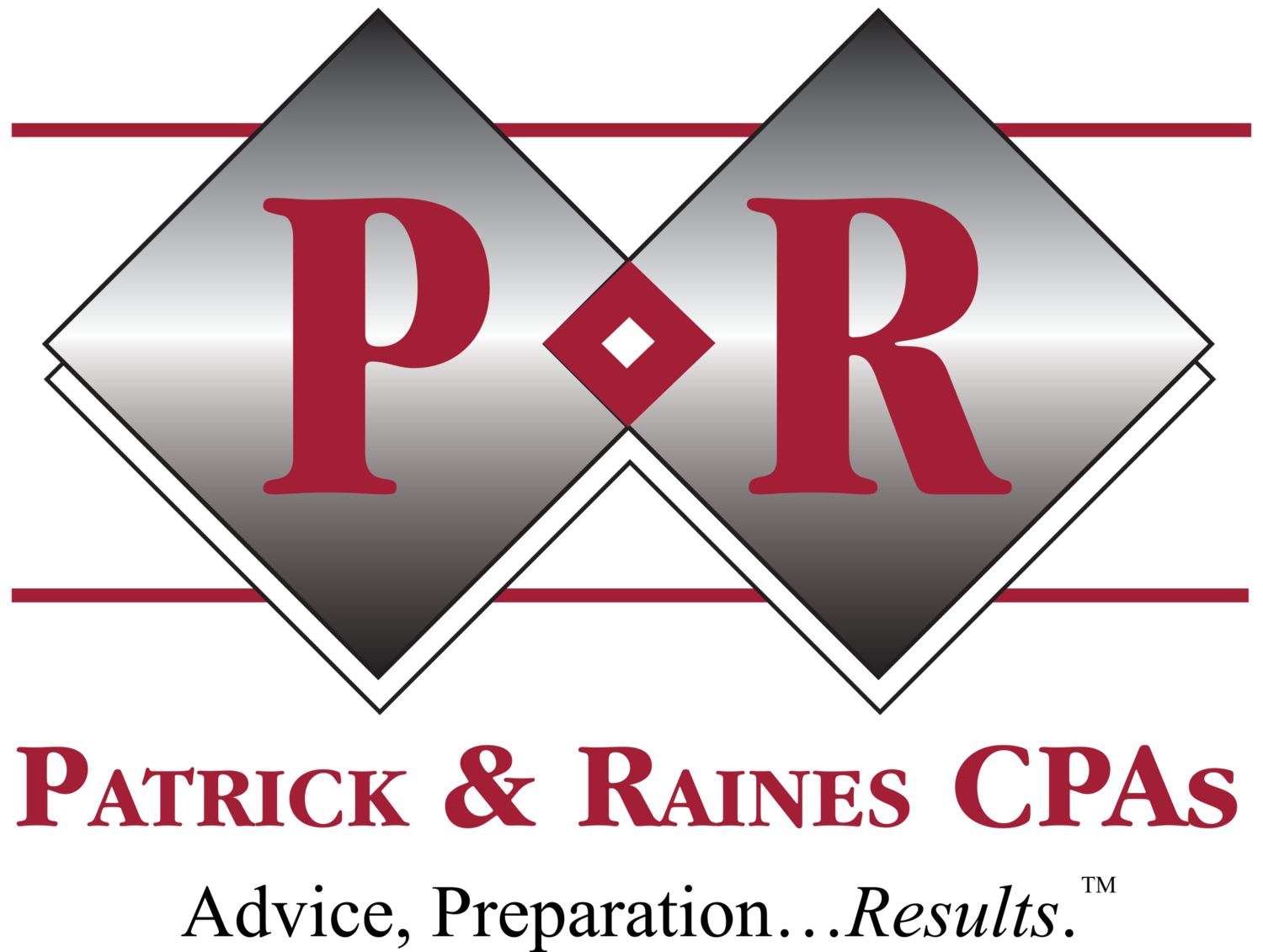How the new SECURE 2.0 law may affect your business
If your small business has a retirement plan, and even if it doesn’t, you may see changes and benefits from a new law. The Setting Every Community Up for Retirement Enhancement 2.0 Act (SECURE 2.0) was recently signed into law. Provisions in the law will kick in over several years.
SECURE 2.0 is meant to build on the original SECURE Act, which was signed into law in 2019. Here are some provisions that may affect your business.
Retirement plan automatic enrollment. Under the new law, 401(k) plans will be required to automatically enroll employees when they become eligible, beginning with plan years after December 31, 2024. Employees will be permitted to opt out. The initial automatic enrollment amount would be at least 3% but not more than 10%. Then, the amount would be increased by 1% each year thereafter until it reaches at least 10%, but not more than 15%. All current 401(k) plans are grandfathered. Certain small businesses would be exempt.
Part-time worker coverage. The first SECURE Act requires employers to allow long-term, part-time workers to participate in their 401(k) plans with a dual eligibility requirement (one year of service and at least 1,000 hours worked or three consecutive years of service with at least 500 hours worked). The new law will reduce the three-year rule to two years, beginning after December 31, 2024. This provision would also extend the long-term part-time coverage rules to 403(b) plans that are subject to ERISA.
Employees with student loan debt. The new law will allow an employer to make matching contributions to 401(k) and certain other retirement plans with respect to “qualified student loan payments.” This means that employees who can’t afford to save money for retirement because they’re repaying student loan debt can still receive matching contributions from their employers into retirement plans. This will take effect beginning after December 31, 2023.
“Starter” 401(k) plans. The new law will allow an employer that doesn’t sponsor a retirement plan to offer a starter 401(k) plan (or safe harbor 403(b) plan) that would require all employees to be default enrolled in the plan at a 3% to 15% of compensation deferral rate. The limit on annual deferrals would be the same as the IRA contribution limit with an additional $1,000 in catch-up contributions beginning at age 50. This provision takes effect beginning after December 31, 2023.
Tax credit for small employer pension plan start-up costs. The new law increases and makes several changes to the small employer pension plan start-up cost credit to incentivize businesses to establish retirement plans. This took effect for plan years after December 31, 2022.
Higher catch-up contributions for some participants. Currently, participants in certain retirement plans can make additional catch-up contributions if they’re age 50 or older. The catch-up contribution limit for 401(k) plans is $7,500 for 2023. SECURE 2.0 will increase the 401(k) catch-up contribution limit to the greater of $10,000 or 150% of the regular catch-up amount for individuals ages 60 through 63. The increased amounts will be indexed for inflation after December 31, 2025. This provision will take effect for taxable years beginning after December 31, 2024. (There will also be increased catch-up amounts for SIMPLE plans.)
Retirement savings for military spouses. SECURE 2.0 creates a new tax credit for eligible small employers for each military spouse that begins participating in their eligible defined contribution plan. This became effective in 2023.
These are only some of the provisions in SECURE 2.0. Contact us at 904.396.5400 or email at office@CPAsite.com, if you have any questions about your situation, let Patrick & Raines, CPAs help you.
© 2023


